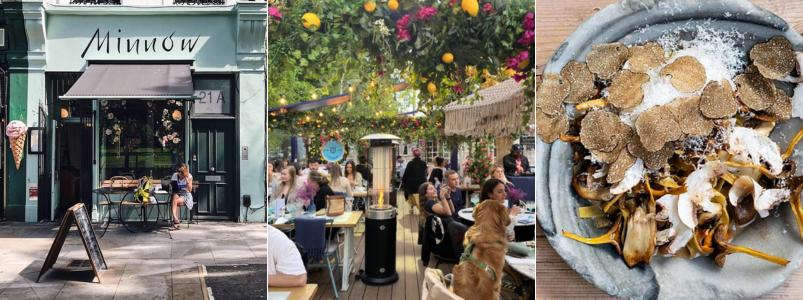Description
Clapham is an attractive and fashionable area located just south of Battersea in South-West London. It comprises several distinct districts: Clapham Common, Clapham North, Clapham South, Clapham Junction, and Clapham Old Town. Each of these districts has its distinct character. For instance, Clapham Common, surrounded by grand villas, is 220 acres of green open space. While Clapham Junction serves as a busy shopping hub. The area features trendy cafes and bars, attracting young professionals who congregate on weekend nights and families enjoying a Sunday brunch.
History
The Roman road to Chichester ran through what is now Clapham. In 965 the land was granted by the king to the Clapham family who retained ownership until the Norman conquest - the 1086 Domesday Book records it as 'Clopeham'. Remaining predominantly rural, the area witnessed the construction of large country houses in the 17th century. Samuel Pepys resided there for the final two years of his life until 1703. The Victorian railway era brought smaller houses for the working class, solidifying Clapham's reputation as the epitome of 'ordinariness' with the phrase 'the man on the Clapham omnibus.' Evolving into a commuter suburb in central London, it attracted more affluent families.
Leisure & Amenities
Things to do in Clapham:
- Clapham Common
- Venn Street Market
- Clapham Grand
- Clapham Picturehouse
- Canoeing - Clapham Leisure Centre
- Have a stroll around Clapham Old Town
- Studio Voltaire in Clapham
The Best Restaurants In Clapham:
- Cher Thai Eatery
- Ploussard – Modern European
- Bread and Roses pub
- Sorella
- Pizzeria Pellone London
- Megan’s Clapham Old Town – Mediterranean
- Minnow – Modern European
- Trinity – French Cuisine
- Bababoom
- Brickwood Clapham
- Barsito – Spanish tapas
- Pintus – Itaian
- The Abbeville Clapham– “Top 20 Gastropubs in London” The Times

Transport in Clapham: Zone 2 & 3
- Clapham Junction - London Overground, Southern, and South West trains
- Clapham High Street - London Overground
- Clapham Common Underground Station - Northern line
- Clapham North Underground Station – Northern
- Clapham South Underground Station – Northern line
- Numerous bus routes go north to central London and elsewhere in south London.
Education in Clapham
Numerous independent and state schools.

